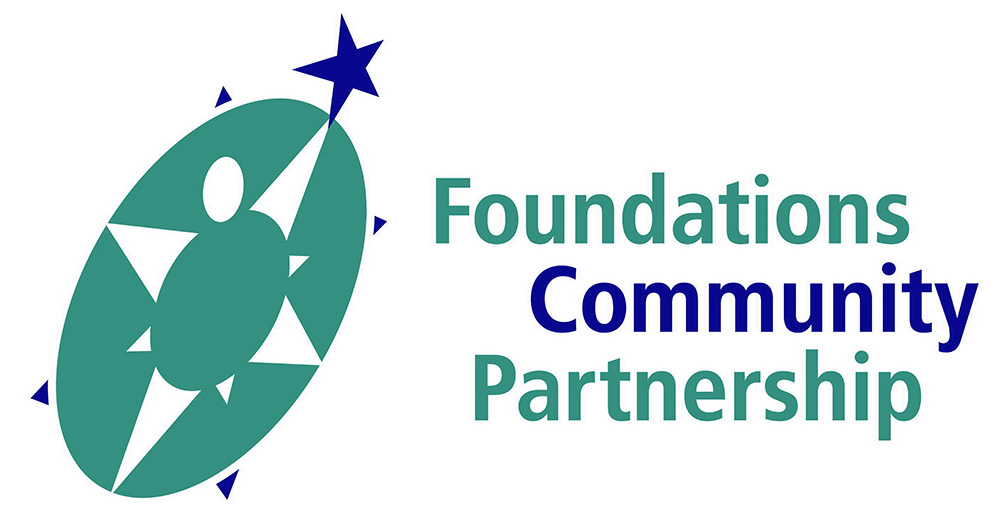Dynamic Workshop with Dr. Connor Kerns Kicks Off Spring Series
If you missed today’s workshop with Dr. Connor Kerns, you missed a “Gem”.
The workshop was entitled: “Assessment and Treatment of Anxiety Disorders in Children with Autism Spectrum Disorder.”
Dr. Kerns is currently with the A.J Drexel Autism institute. She is an Assistant Professor of Psychology at Drexel.
Although this workshop had three goals, Dr Kerns provided much more. Her 3-hour workshop met the needs of both the practitioners, and the more research minded participants in the audience.
The Goals included:
- Determine the impact of anxiety disorders in children with ASD
- Learn the pros and cons of current anxiety measures and guidelines for differential diagnosis
- Understand the basics of CBT and how it may be adapted to treat anxiety problems in higher-functioning children with ASD
Goal one included a common definition of anxiety, and the caution that anxiety is often a normal and adaptive response to extreme environmental stimuli. We all should get anxious if stepping in front of a “Mack” truck! Dr. Kerns also pointed out that “normal” anxiety is associated with development. For example, a toddler is expected to suffer separation anxiety from a caregiver, not a 12 year-old child. Dr. Kerns also mentioned that anxiety disorders occur in about 40% of children with Autism.
Dr. Kerns presented research showing that children on the ASD spectrum with co-morbid anxiety disorders have decreased adaptive ability in general, and are more resistant to treatment, including ABA. It is often beneficial to treat the anxiety first.
Dr. Kerns covered her second goal in several ways. She pointed out the limitations of standard anxiety measures when used with the ASD population. Many children on the ASD spectrum have multiple, or atypical anxiety symptoms that are missed by the common standard measures.
Dr. Kerns also mentioned that children with severe mental health problems may exhibit ASD symptoms leading to an inaccurate diagnosis. While she did not rule out the use of standard anxiety measures with children on the ASD spectrum, she stressed the need for a thorough developmental history, and good clinical judgment.
During her presentation, Dr. Kerns pointed out that it is sometimes difficult to diagnose anxiety, ASD, or both. In response to a question, she also stated that the same is true for ADHD. The easy answer is to understand if the anxiety (or ADHD) symptoms occur across all domains in the environment, or are they situational. For example, is the child able to play with friends at home, but not at their friend’s house? Is the child only afraid of when a loud noise occurs, or afraid of anyplace where a loud noise may occur? Is the child afraid to play with peers, due to fear of inadequacy, or simply indifferent to social interaction? Is the child impulsive all of the time, or just under duress?
Again she stressed that a good developmental history, current patient, parent and teacher reports, and observation of the patient, along with appropriate measures and good clinical judgment are required for an accurate diagnosis.
For her third goal, Dr. Kerns provided the CBT basics, which served as a refresher to much of the audience. She explained the need and techniques to adapt the CBT strategies to treat anxiety with higher functioning children on the ASD spectrum.
She highlighted the need to maintain focus with these patients including discussion time for their special interests. Dr. Kerns cautioned about time limitation, however. The patient could use the entire session, talking about their special interest without limitations imposed by the therapist.
Dr. Kerns suggested that the discussion about special interests be limited to a brief period, at the end of the session. She also said that, based on the research, Family involvement works better than individual treatment alone. Regardless, the therapist must stay concrete with ASD children with cognitive restructure techniques, using simple assignments and frequent rewards such as stickers or brief preferred activities. After learning and practicing the desensitization skills, Dr. Kerns said that the most important three words to reduce anxiety with these children are often: “Exposure, Exposure, Exposure”.
Although not a focus of today’s workshop, in response to a question from the audience about lower functioning children with ASD and anxiety, Dr. Kerns responded that the CBT methods work best with verbal and higher functioning children, but Social Stories and Play Therapy with rehearsal for children lower mental age are often effective, using similar strategies.
The audience at the FCP Workshops typically includes educators, nurses, counselors, social workers, and psychologist. This group usually has a wide range of teachers, practitioners and researches at multiple levels of training and experience. Dr. Kerns managed to “herd this group of cats” by providing some basic information about Autism Spectrum Disorders, Anxiety Disorders, and Cognitive-Behavior-Therapy, so that all participants could benefit from the workshop, regardless of their level of expertise.
I am always concerned, when a presenter invites participants to interrupt them with any questions, at the start of the presentation. For the most part, this worked, this time. Questions were relevant, and mostly to clarify a point that she made.
Dr. Kerns workshop scored high on the “edutainment” scale. Overall, I thought this was an enlightening and fun workshop! What did you think?
